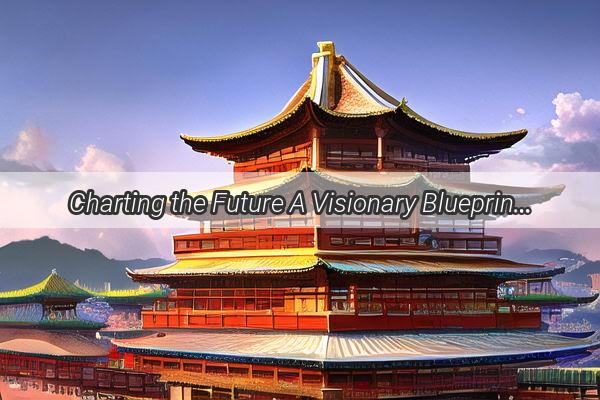The Global Triangle China the US and Japan A Dynamic Dance of Diplomacy and Economic Power
---
In the ever-evolving tapestry of global politics and economics, the relationship between China, the United States, and Japan forms a dynamic triangle that has the power to reshape the future of international relations. This strategic triangle is not merely a geographical concept but a symbol of the intricate interplay between these three economic powerhouses.
China: The Rising Dragon
At the heart of this triangle lies China, the world's second-largest economy and the fastest-growing major economy. Known for its relentless pursuit of innovation and its burgeoning middle class, China is not just an economic giant but a cultural and political force to be reckoned with. The nation's Belt and Road Initiative (BRI) has redefined the landscape of international trade and infrastructure, making China a pivotal player in the global supply chain.
The United States: The Global Guardian
On the other side of the triangle, the United States stands as the world's leading economic power and the architect of the post-World War II international order. The U.S. has long been a beacon of democracy, innovation, and military strength. However, its recent shift towards isolationism and the rise of China have sparked a renewed debate on America's role in global leadership. The U.S. remains a crucial ally for both Japan and China, acting as a balancing force in the triangle.
Japan: The Economic Samurai

Japan, the third largest economy in the world, is often overlooked in the shadow of its neighbors. Yet, this island nation has a rich history of resilience and innovation. Japan's advancements in technology, particularly in robotics and automotive, have set new benchmarks for global excellence. Its strategic location makes it a linchpin in the triangle, acting as a bridge between the East and the West.
The Triangle's Dynamics: Cooperation and Competition
The dynamic triangle of China, the U.S., and Japan is characterized by a delicate balance of cooperation and competition. Economic ties between the three nations are deeply intertwined, with trade agreements and investment partnerships fostering mutual growth. However, geopolitical tensions, particularly in the South China Sea and the East China Sea, have often threatened to destabilize the region.
The Challenges: Trade Wars and Geopolitical Tensions
One of the most significant challenges facing the triangle is the ongoing trade war between the U.S. and China. This conflict has led to a ripple effect across the global economy, with Japan caught in the crossfire. Additionally, geopolitical tensions in the region have heightened the risk of military confrontation, posing a threat to the stability of the entire triangle.
The Opportunities: A Path to Peace and Prosperity
Despite the challenges, there are opportunities for the triangle to become a beacon of peace and prosperity. By fostering dialogue and cooperation, these three nations can address common concerns such as climate change, cybersecurity, and public health crises. A united front could also strengthen their position in the global arena, ensuring that their voices are heard on the international stage.
Conclusion: The Future of the Triangle
The future of the China-U.S.-Japan triangle is uncertain, but one thing is clear: it will continue to be a crucial element in the global balance of power. As these nations navigate the complexities of the 21st century, their actions will have far-reaching consequences. Whether they choose to embrace cooperation or succumb to competition, the triangle will remain a focal point of international attention, and its trajectory will shape the destiny of the world.









